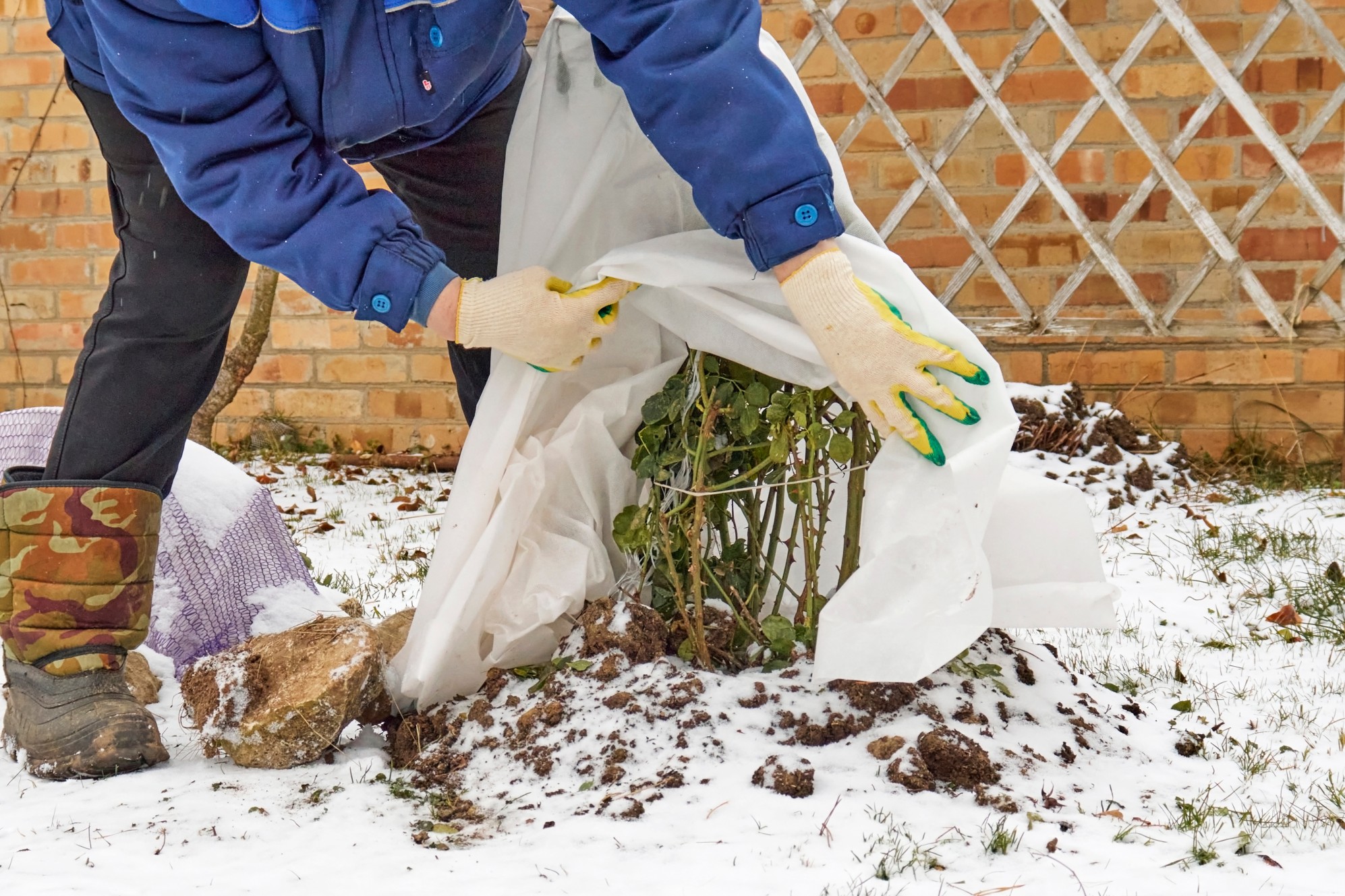
Heavy Rain, Flooding, and Chance of Severe Weather Staring Down the Southern U.S.
January 22, 2024
Posted: April 12, 2023 8:29 am





Residents across the Midwest and the Northeast have been shedding layers this week as temperatures more reminiscent of the summer set in across the eastern half of the U.S. However, this warmth will transition to much chillier weather in the days to come, including the possibility of light snow flurries in some parts of the country. Here is what you need to know.
Record high temperatures will continue to be challenged this week in many parts of the Southwest, the Midwest, and the East Coast. In addition to the warm temperatures, loads of sunshine and low humidity levels have many Americans headed outside to enjoy the conditions.
Some of the records that dropped over the last few days included Phoenix hitting 99 degrees on Tuesday, breaking the previous record of 98 degrees set in 1989. Denver also smashed a record reading of 80 degrees from 1982 when it settled at 85 degrees for the day.
This warmth will continue to creep to the east this week, bringing the surge of summer air to the Midwest and the Northeast. For instance, the highs in Chicago will hover about 20 degrees above normal for the middle of April by Thursday. This will translate to temperatures that climb into the 70s.
It has been a dramatic shift in the weather for those in Minneapolis. The Twin Cities experienced an exceptionally rough winter and start to the spring. However, the forecast for Wednesday is predicting that the previous record of 83 degrees may fall.
Widespread readings in the 70s and the 80s are in the cards for the bulk of the East Coast on Thursday and Friday. These temperatures will land as much as 25 degrees above average for this time of the year, speaking to the rarity of this warmth.
Those in New York City and Philadelphia will enjoy temperatures that hit the mid 80s on Thursday and Friday. Even places as far north as Boston will challenge the 80-degree benchmark by the end of the week.
Forecasters are warning those under this zone of high pressure to be cautious about the possibility of brush fires. This risk is highest in areas where the vegetation has not yet greened up as is typical during the spring months. The presence of dry leaves will heighten this risk.
It is important to be careful when using outdoor flames. It does not take much sunshine and heat to turn a little flame into a significant brush fire.
It is also understandable to want to head to the beach when the temperature soars so early in the season. However, just because the air temperature is near summer levels, it does not mean that the ocean water temperatures are also nice and balmy. It is not uncommon for beachgoers to go into cold-water shock this time of the year.
Lastly, allergy sufferers will want to be prepared with the appropriate medication in the coming days. The surge of warmth is already triggering a mass of blooms across the country. This will send tree, grass, and pollen levels on an upward trajectory, spelling trouble for those with allergies.
Enjoy this warmth while you can as forecasters warn that cooler air is moving in by the weekend and into early next week. A new storm system is poised to bring rain showers to a large portion of the northern Plains and the Upper Midwest by the end of the week. This same weather maker will also stir up trouble in the form of severe storms for the central and southern Plains.
The system will then move into the Great Lakes area over the weekend, creating what is known in weather circles as a closed low. These types of lows can produce air that is cold enough to form snow showers. As a result, forecasters are predicting the possibility of light snow in the Great Lakes and central Appalachians on Sunday night through Monday.
The highest risk of accumulating snow will be in the Upper Peninsula of Michigan. Snow totals should not amount to more than a few inches in this region.
This change in the weather pattern will usher in much cooler air for the Midwest, Northeast, and the Southeast for the rest of April and into early May. There may be even sporadic times of overnight frost and freezes as far as the interior South for the rest of the month.
Those with home gardens will want to pay attention to their detailed local forecast to determine when and if vulnerable plants need to be covered.
Did you find this content useful? Feel free to bookmark or to post to your timeline for reference later.

January 21, 2024

January 19, 2024

January 18, 2024